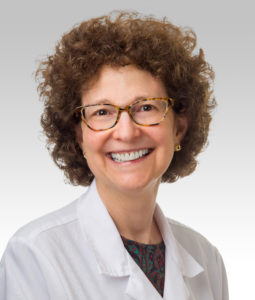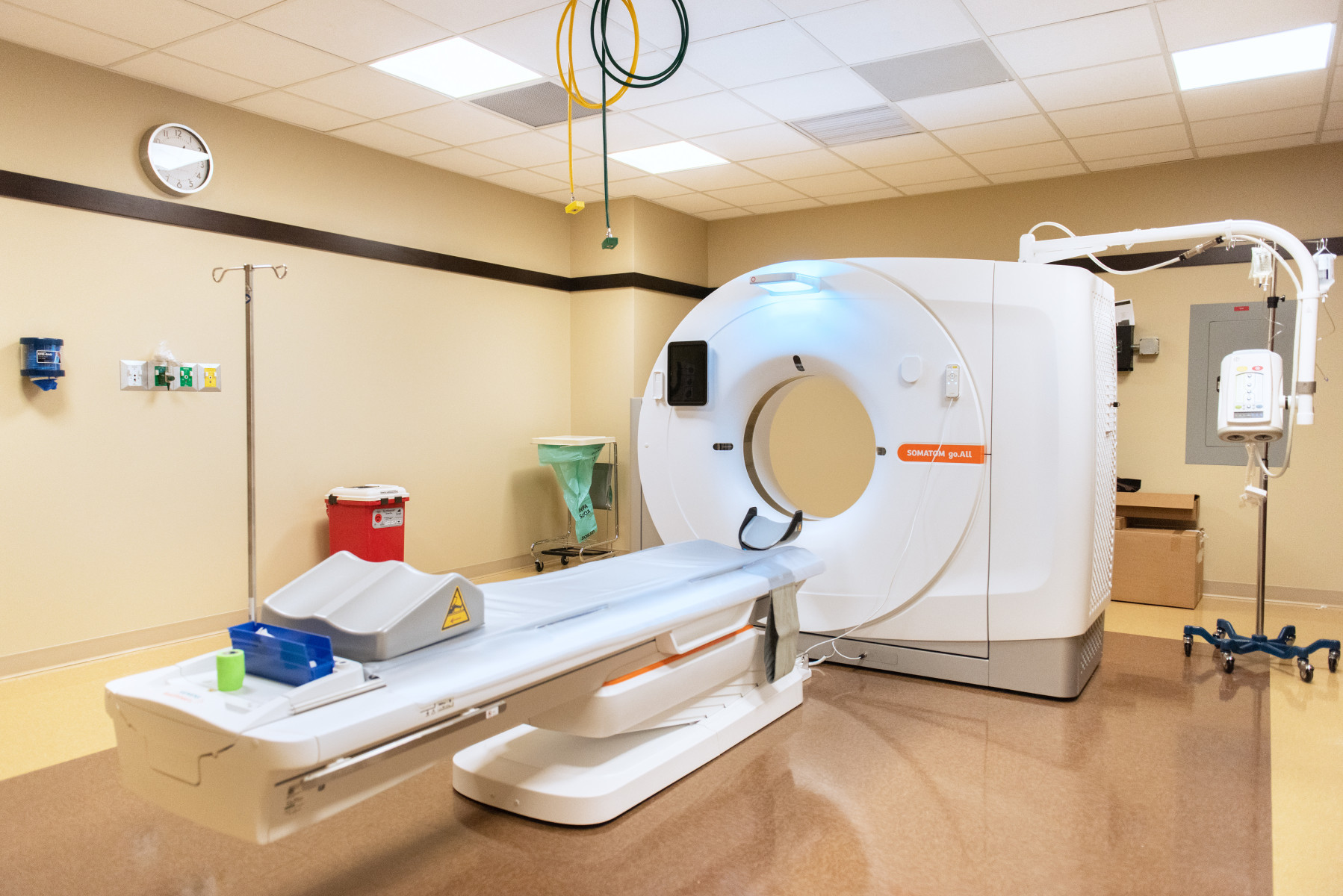First large study to look at mental health problems in children with chronic skin conditions

When someone walks briskly past David Artz, 16, on the sidewalk, he immediately thinks they are trying to get away from him. This is how his young mind works. He has a chronic skin disease that makes his skin red, scaly and rough. He has alopecia and is bald.
David has grown up feeling stigmatized and teased–someone to be avoided because he might be “contagious.”
“It makes me sad and tearful when I think people are avoiding me because of how I look,” Artz said. “It’s hard to be different.”
A new Northwestern Medicine study published in JAMA Dermatology shows Artz’s experience is common for children and teens with chronic skin diseases.
The majority of children and teens with chronic skin diseases such as acne, eczema, psoriasis, alopecia areata (hair loss) and vitiligo (pigment loss) feel stigmatized by peers for their condition and are sometimes bullied, the study reports. As a result, these children have a poor quality of life that includes suffering from depression, anxiety and impaired relationships with their peers.
“These chronic skin conditions can be tremendously life-altering, including shaping psychosocial development,” said corresponding study author Amy Paller, MD, MS, the chair and Walter J. Hamlin Professor of Dermatology and a pediatric dermatologist at the Ann & Robert H. Lurie Children’s Hospital of Chicago.
Having a chronic skin disease during childhood is not uncommon. Eczema affects more than 10 percent of school-aged children. Among teenagers, acne affects more than 90 percent and psoriasis 1 percent.
This is the first large, multi-site study of the psychosocial impact of skin diseases in children and teens.
The study showed that 73 percent of 1,671 children had experienced a measurable stigma, which was strongly associated with poor quality of life.
The disease severity and visibility as rated by the child (age eight and older) was quite different from that of the doctor’s ratings, suggesting the need to ask the child about the disease and its impacts.
The investigators used a newly developed scoring tool for stigma in school-aged children (PROMIS Pediatric Stigma) and collaborated with 31 sites in the Pediatric Dermatology Research Alliance to measure the extent of stigma, depression, anxiety, and poor peer relationships — and their association with an impaired quality of life.
“Stigma, which is when something false and negative is attached to an individual, can have a profound effect on children’s and teens’ mental health,” Paller said. “For example, a child with dark scales on the body can be called ‘dirty’ by other kids or a child with a hair loss issue can be shunned by other children who fear the hair loss is contagious.”
That can lead the child to internalize these thoughts, so these become their own perceptions. The false beliefs can convince other people around them that it’s true when it’s not. These kids often feel embarrassed or ashamed.”
The majority of the bullying and teasing occurs in school, Paller said.
“These painful experiences can shape a child’s personality into adulthood and erode self-confidence,” Paller said. “Children may underestimate their abilities and worry about taking social risks. They don’t feel good enough and this shame may affect them lifelong.”
Kids also may not be able to concentrate because they are worried in school, affecting their performance, Paller said.
“The study results should encourage clinicians to aggressively treat skin disorders in children and consider referral to evaluation and counseling of the child and potentially family if mental health issues occur,” Paller said.
Doctors need to ask children and parents about the impact of these diseases — stigma, mental health, how it impacts life — not just note the observable clinical manifestations.
It’s important to refer families to dermatologists for optimal treatment to decrease severity and visibility, which contribute to psychosocial impacts.”
Paller also suggested parents ask teachers to discuss the skin disease in the classroom, so other children understand it better. “Try to diminish the stigma through education and talk about and recognize bullying,” Paller said.
Meantime, things are looking up for David this year. He has made a new friend, a buddy he goes fishing with after school. “I found a friend who doesn’t care about me having a skin issue. He sees me on the inside for who I am. These are the friends you need to be around.”






